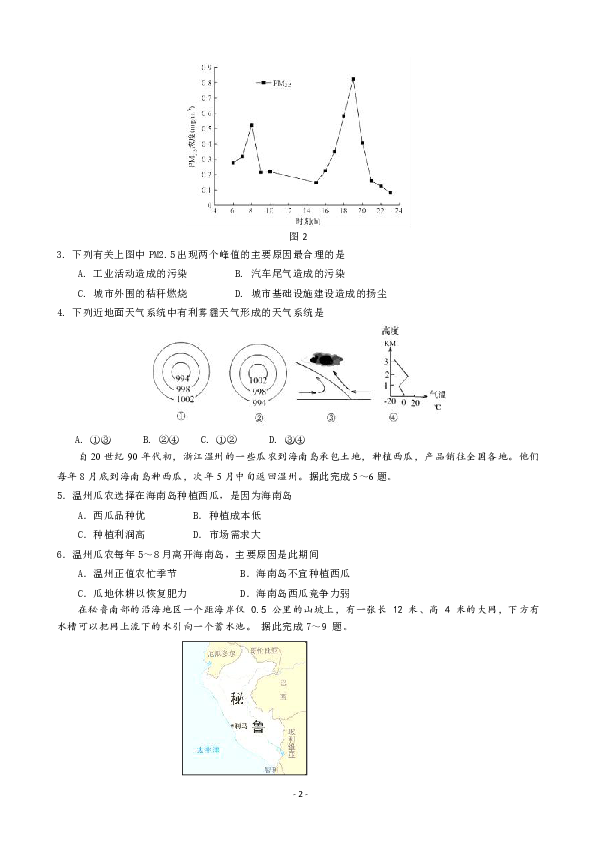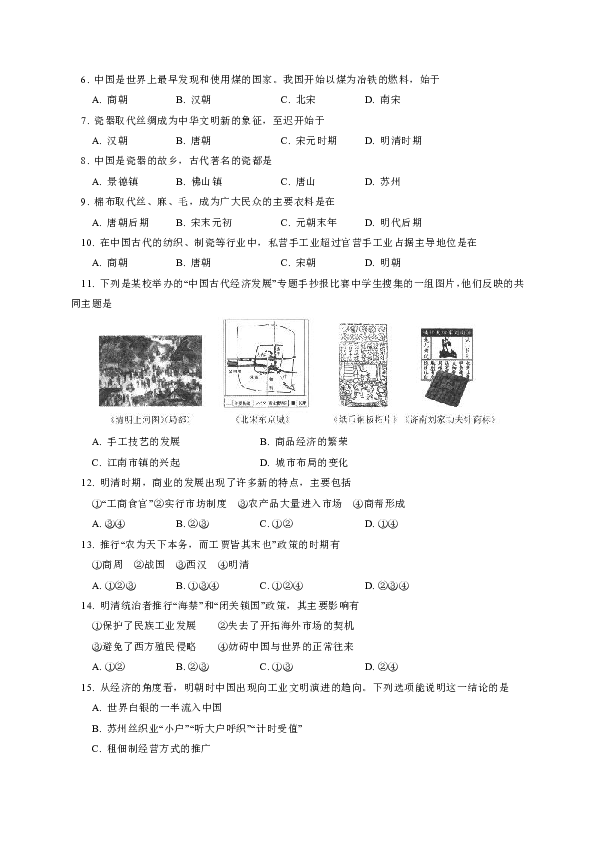PLC Controller Output Signals
PLC controller output signals are crucial for controlling industrial machinery and processes. These signals are generated by the PLC (Programmable Logic Controller) based on the input signals it receives and the programmed logic it contains. The output signals of a PLC controller can be used to control various types of industrial equipment, such as motors, solenoids, and relays. They can also be used to monitor the status of industrial processes, such as temperature, pressure, and flow. The output signals of a PLC controller are typically low-level signals that need to be amplified or conditioned before they can be used to control industrial equipment or processes. However, some PLC controllers have built-in output signal conditioning circuitry that allows them to output signals that are directly compatible with industrial equipment and processes.
PLC controllers, which stand for Programmable Logic Controllers, are devices that play a crucial role in automation and industrial control systems. They are designed to receive input signals, process them according to a predefined logic, and then output signals to control various industrial processes. In this article, we will explore the types of output signals that PLC controllers commonly generate.
1、Digital Output Signals
Digital output signals from PLC controllers are binary in nature, meaning they can only have two states: high (1) or low (0). These signals are typically used to control on-off devices such as relays, solenoids, or motors. When the PLC receives an input signal that triggers a predefined logic condition, it will output a digital signal to activate or deactivate the connected device.

2、Analog Output Signals
Analog output signals from PLC controllers are continuous in nature, varying between 0 and 100% or 0 and 255 scale points. These signals are commonly used to control industrial processes that require precise adjustments, such as temperature, pressure, or flow rates. The PLC can output an analog signal to adjust the process variable to the desired level.
3、Pulse Width Modulation (PWM) Output Signals
Pulse Width Modulation (PWM) output signals from PLC controllers are a type of digital signal that varies in pulse width to control the average output power of a device. This type of signal is commonly used to control motors or other devices that require precise speed or torque control. By adjusting the pulse width of the PWM signal, the PLC can precisely control the performance of the connected device.
4、Serial Output Signals

Serial output signals from PLC controllers are used to communicate with other devices or systems through a serial communication protocol such as RS-232 or RS-485. These signals are typically transmitted over long distances or through noisy environments, making them suitable for connecting PLCs to remote sensors or actuators. The serial output signal allows the PLC to receive feedback from other devices or to send commands to them.
5、Ethernet Output Signals
Ethernet output signals from PLC controllers are used to communicate with other devices or systems over an Ethernet network. This type of output signal allows the PLC to send and receive data to and from other devices on the same network, providing more flexible and efficient communication capabilities. The Ethernet output signal can be used to connect PLCs to remote sensors, actuators, or even human-machine interfaces (HMI).
In conclusion, PLC controllers generate a variety of output signals to control industrial processes and communicate with other devices or systems. These signals are crucial for the operation of automation and industrial control systems, allowing them to perform tasks precisely and efficiently.
Articles related to the knowledge points of this article:
PLC Controller WAGO: The Heart of Your Automation System
Mini PLC Controller Selection Guide
Hengyang Huichuan PLC Controller: The Backbone of Modern Automation Systems